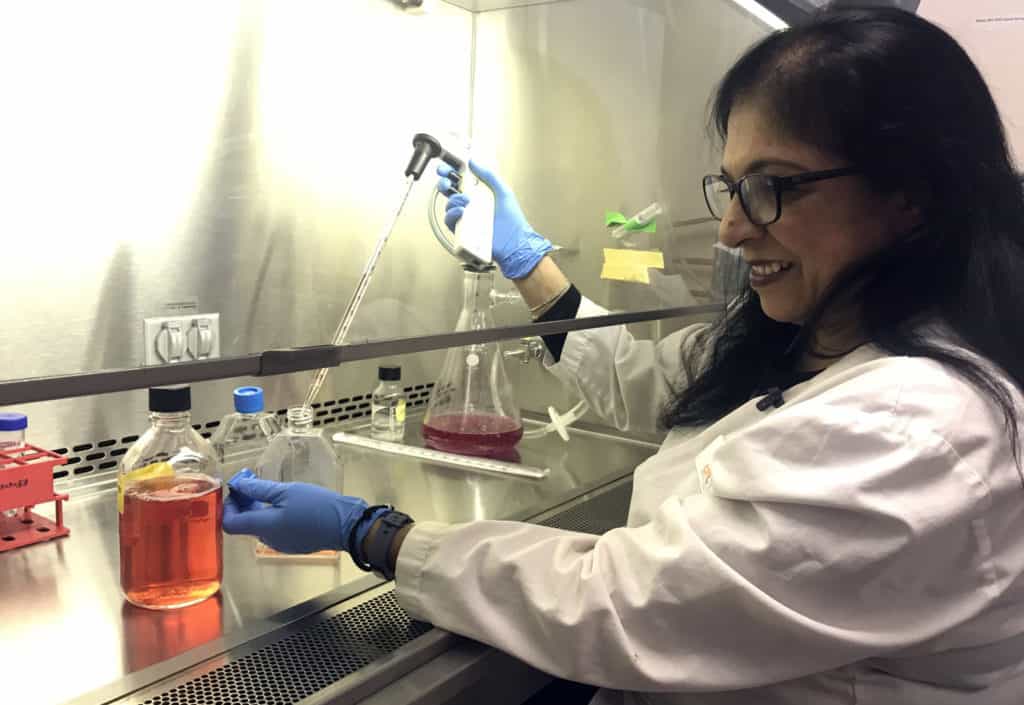
Regenerative Therapy Trends and Techniques in Horses
Veterinarians share their thoughts on stem cells, IRAP, and platelet-rich plasma.

Veterinarians share their thoughts on stem cells, IRAP, and platelet-rich plasma.

A survey found most veterinarians who specialize in horses and primarily deal with lameness issues use nonsteroidal intra-articular joint therapies in their patients.

Researchers used PRP-L to treat joint infections caused by the common bacterium Staphylococcus aureus, with encouraging results.

Researchers tested pooled platelet-rich plasma lysate as a unique anti-inflammatory approach to joint preservation on lab samples.

Researchers explored the ability of bone marrow mononuclear cell (BMNC) therapy to improve lameness, with good results.

Get an update on the use of stem cells in horses and research leading us into the future.

Researchers at North Carolina State University have developed a PRP lysate that, when teamed with antibiotics, can eradicate bacterial biofilms common in joint infections.

Horses are at risk of adverse effects anytime they receive injections. However, researchers recently determined that stem cell injection site reactions in horses were uncommon in the population they studied.

Researchers found horses treated for superficial digital flexor tendonitis with a new biologic product recovered better than those that received a placebo.

Drs. Peter Morresey and James McLeod share regenerative medicine insights from clinical and research perspectives.

Applying shock wave therapy immediately following PRP injection into injured soft-tissue structures might help increase the concentrations of growth factors released from the platelets, researchers found.

Cornell researchers found that factors secreted by mesenchymal stromal cells might help fight bacteria in skin wounds.

Dr. Regina Turner recaps research on endometritis, factors affecting pregnancy rates, treating placentitis, and more.

Laboratory results show the stem cells can differentiate into fat, bone, cartilage, and muscle tissue.

Study horses returned to full health after tendon and ligament injuries and treatment without adverse side effects.

Dental pulp injections helped reduce pain and improve lameness in horses with soft tissue injuries and arthritis.
Stay on top of the most recent Horse Health news with
"*" indicates required fields